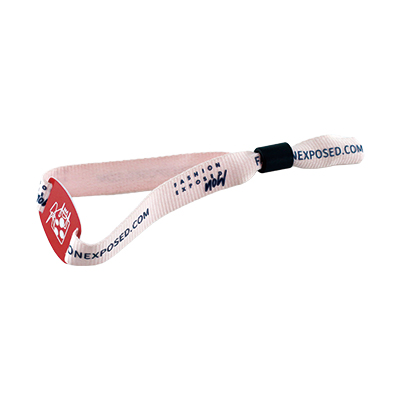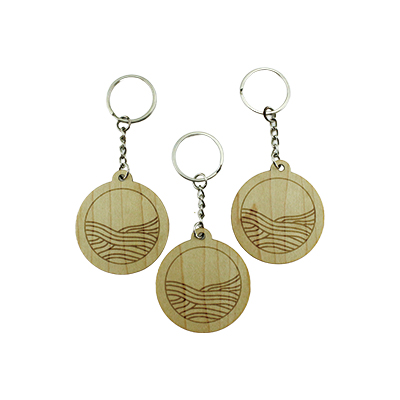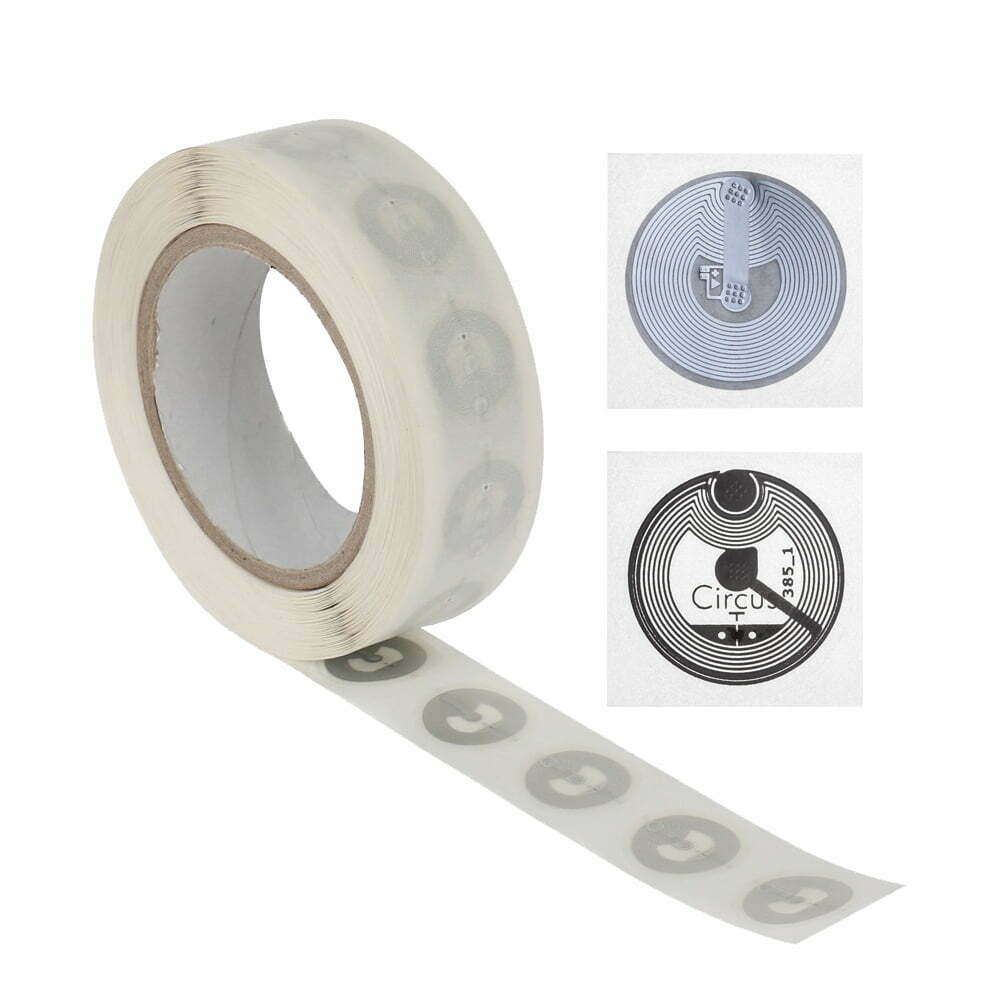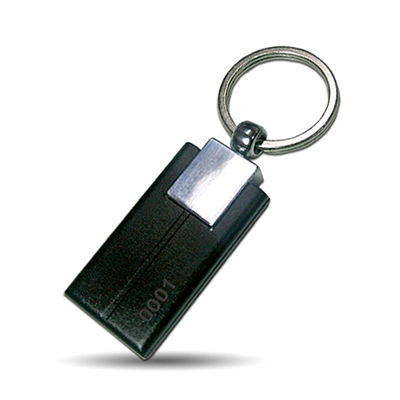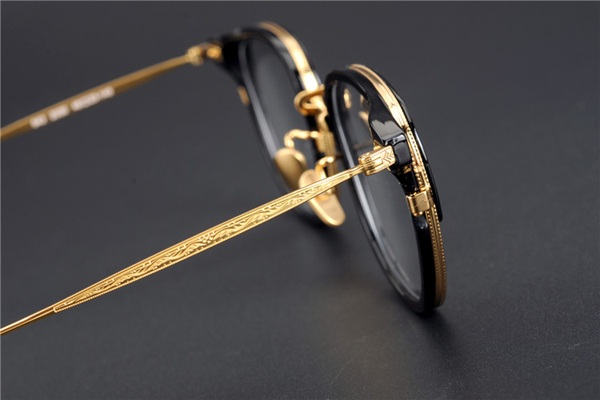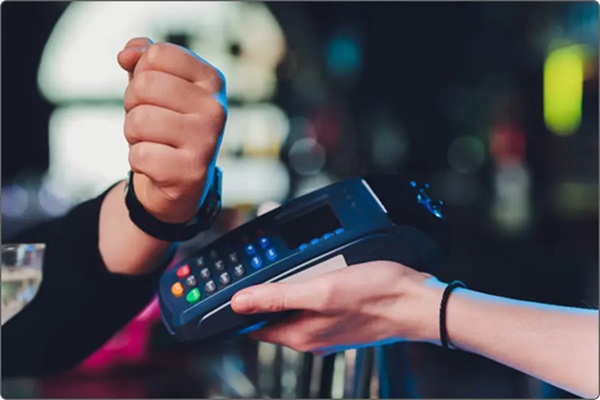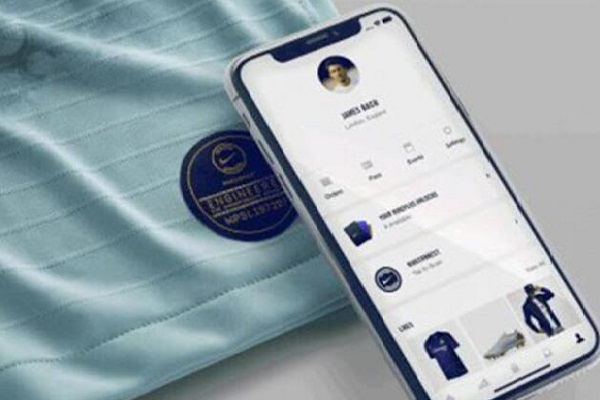In the luxury goods industry, counterfeit goods cause losses of 30 billion US dollars every year, seriously threatening brand value and authenticity. At the same time, the problem of homogenization of customer experience is prominent. The emergence of Tag RFID has brought a breakthrough to the industry, achieving significant innovations in anti-counterfeiting traceability and customer experience optimization.
Core Technical Advantages of RFID Tags
1. What is RFID tag?
RFID (Radio Frequency Identification) is a kind of automatic identification technology that identifies target objects through radio waves. Comparison with the traditional bar code, Tag RFID show significant technical advantages. The traditional bar code needs to be in clear sight and close contact, through the scanning equipment for one-to-one reading, once the bar code wear and tear, stains and so on, may lead to recognition; and RFID tags can be read without line of sight contact, and its working principle is the use of radio frequency signals and spatial coupling (inductance or electromagnetic coupling) transmission characteristics, to achieve the identification of the object to be identified by the automatic diagnosis. This characteristic makes RFID tags more flexible and convenient in practical applications, even in complex environments, can also quickly and accurately complete the identification task.
2. Analysis of the applicability of the luxury goods industry
Uniqueness: Each RFID tag has an independent code, just like the ‘ID number’ of the product, to ensure the uniqueness of the product identity.
Durata: RFID tags are designed with special features such as anti-abrasion, impermeabile, ecc., which are suitable for all kinds of high-end materials, whether it is the softness and delicacy of leather or the brilliance and hardness of jewellery
Concealment: Miniaturisation is a major feature of RFID tags, which can be cleverly embedded inside products, such as the leather goods of the sandwich, the base of jewellery, ecc., to avoid affecting the aesthetics of the product design.
Anti-counterfeiting and Traceability: Building a Brand Trust Barrier
1. The Ultimate Weapon to Combat Counterfeiting
Combining RFID tags with blockchain technology can be called the ‘king-bomb combination’ for combating luxury counterfeiting. Blockchain technology has the characteristics of decentralisation, non-tampering and traceability, ecc. Combining with the information storage and identification function of RFID tags, brands can create a digital passport of products that cannot be tampered with.
Consumers only need to use their mobile phones to touch the products embedded with RFID tags, and then they can verify the product’s origin, production process, source of raw materials, circulation paths and other detailed information through the corresponding APP or applet.
2. Grey market monitoring
The application of RFID tags not only helps consumers identify counterfeit products, but also helps brands monitor the grey market. When goods are equipped with RFID tags, their data will be synchronised to the brand’s cloud system in real time. Once an item is scanned in an unauthorised channel, the system triggers an alert and locates the abnormal area. This technology was used by an Italian luxury group to dismantle three multinational counterfeiting rings in 2022. By effectively monitoring the grey market, brands are able to take timely measures to combat illegal sales, maintain market order and protect their own interests.
Intelligent Inventory Management: The Secret to 40% Efficiency Improvement
1. Omni-channel data linkage
In the traditional inventory management mode, manual inventory takes a lot of manpower and time, and the staff needs to check the commodity information piece by piece, which is not only inefficient, but also prone to errors. RFID-equipped warehousing systems have revolutionised the way in which batch identification of thousands of items can be completed within 10 seconds. After the introduction of RFID technology in a British department store, the inventory accuracy rate increased from 83% to 99.6%, and the out-of-stock rate was reduced by 65%. This is due to the rapid identification of RFID tags and the automatic uploading of data, so that inventory information can be updated in real time, managers can accurately grasp the number of commodities in stock, location and other information, timely replenishment and deployment, to avoid the occurrence of out-of-stock and backlog phenomenon.
2. Dynamic Demand Forecasting
In addition to improving the efficiency of inventory management, RFID tags can also provide strong support for the brand’s dynamic demand forecast. By analysing RFID-recorded data such as try-on rate, regional sales volume and sales time, brands can gain a deeper understanding of consumer purchasing behaviours and preferences, and accurately predict the trend of explosive products. Per esempio, a Swiss watch brand used RFID data to optimise its stocking strategy, rationally allocating the number of products and styles according to the consumption characteristics and needs of different regions, resulting in a 42% reduction in end-of-season slow-moving products. This kind of accurate decision-making based on data not only improves the efficiency of product sales, but also reduces inventory costs and improves the brand’s economic efficiency.
RFID tags are redefining the value dimension of luxury goods. It is not only an anti-counterfeiting tool, but also a bridge for brands to build trust and convey value with consumers.




